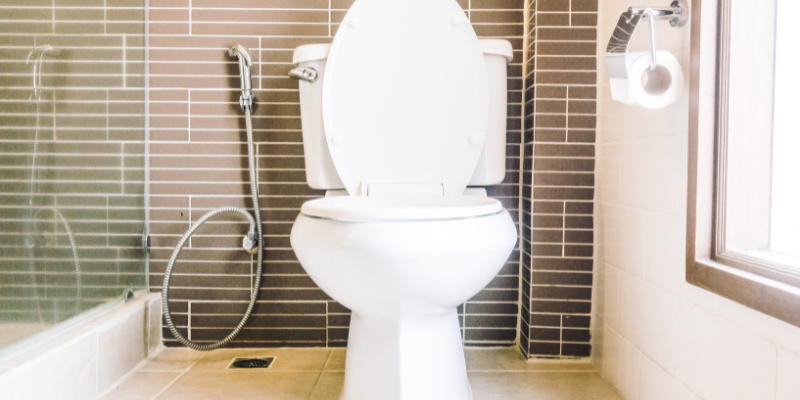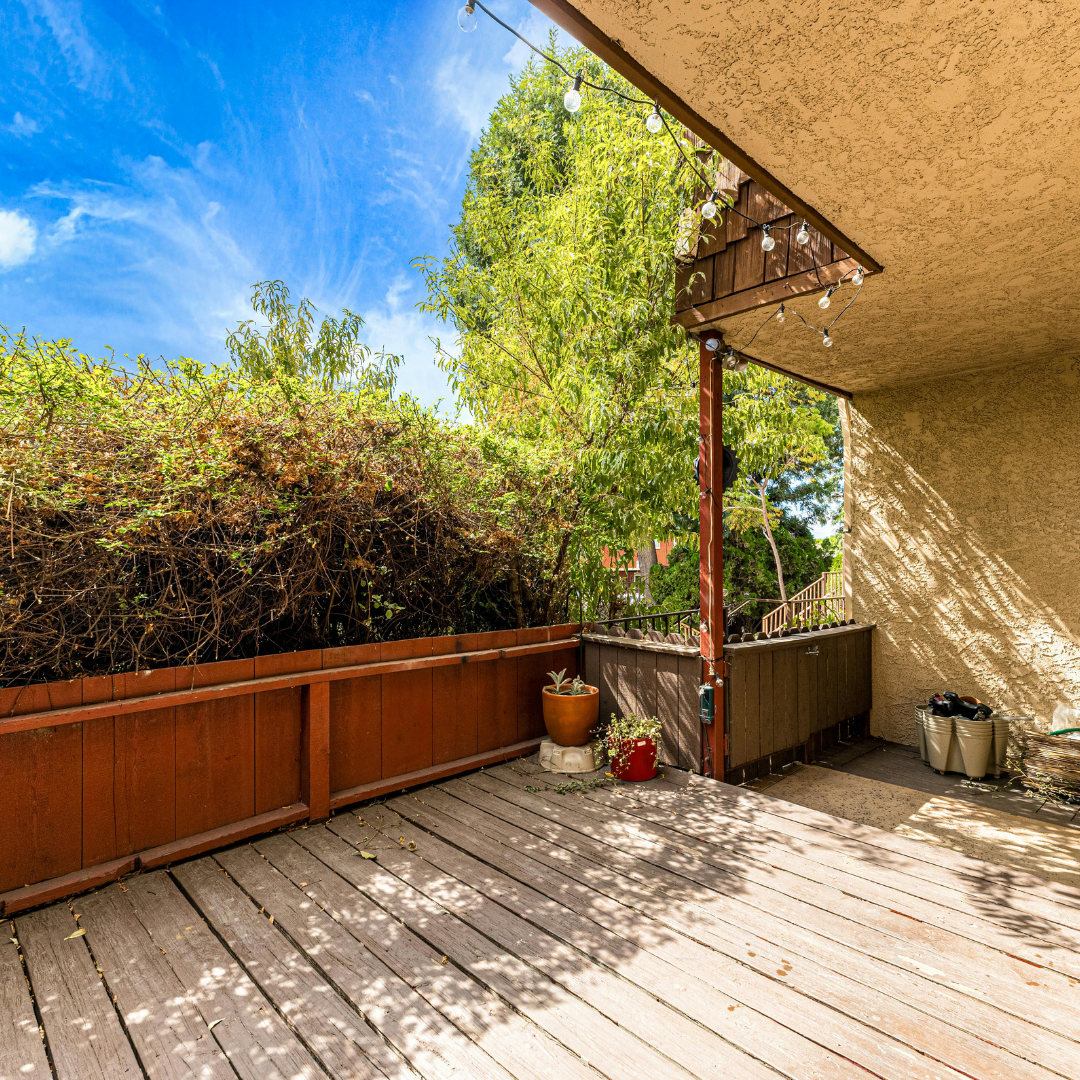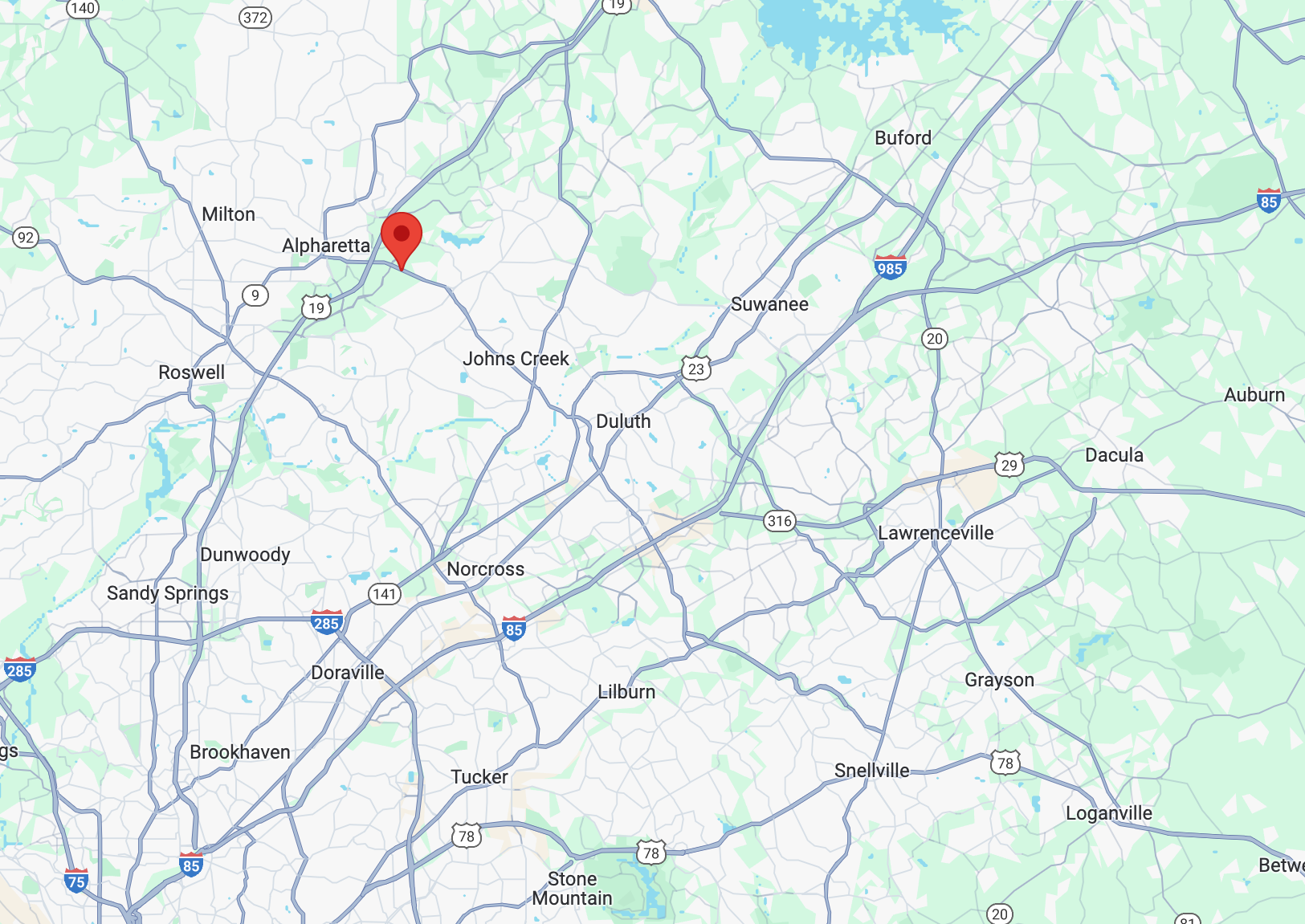Handyman Alpharetta GA: Sealing Your Home for Summer
Summer is almost here but you shouldn’t spend it sweating inside your home, especially out of fear of receiving sky-high energy bills!
You've heard of winterizing your home? Consider these techniques to summer-proof your house and keep those bills in check.
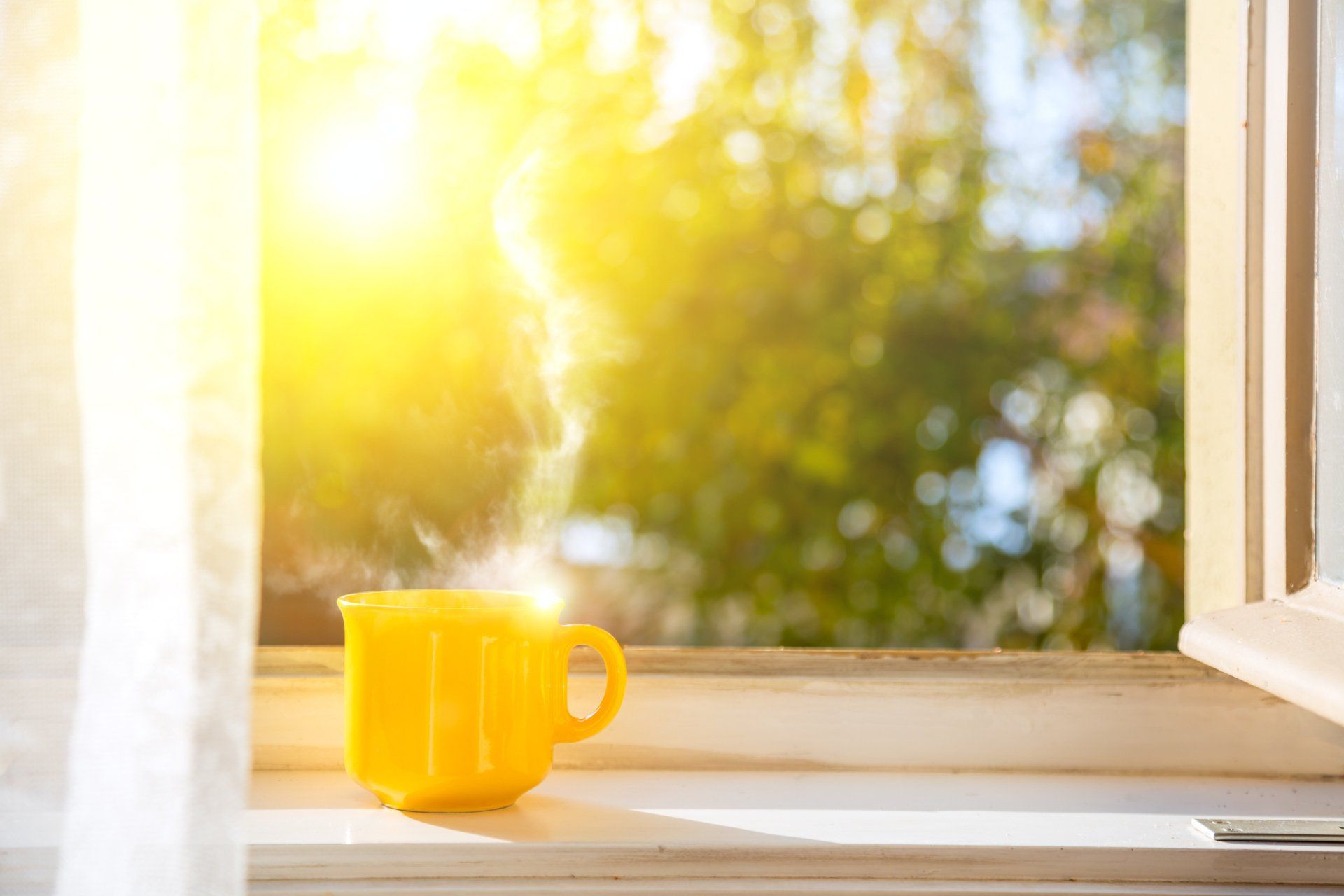
Air Leakage
Air leakage occurs when outside air enters and conditioned air leaves your house uncontrollably through cracks and openings. Relying on air leakage for natural ventilation is not recommended.
During cold or windy weather, too much air may enter the house. When it's warmer and less windy, not enough air may enter, which can result in poor indoor air quality.
Air leakage also can contribute to moisture problems that affect occupants’ health and the structure’s durability. Sealing cracks and openings reduces drafts and cold spots, improving comfort.
The recommended strategy is to reduce air leakage as much as possible and to provide controlled ventilation as needed. Before air sealing, you should first detect the air leak and then assess your ventilation needs for indoor air quality.
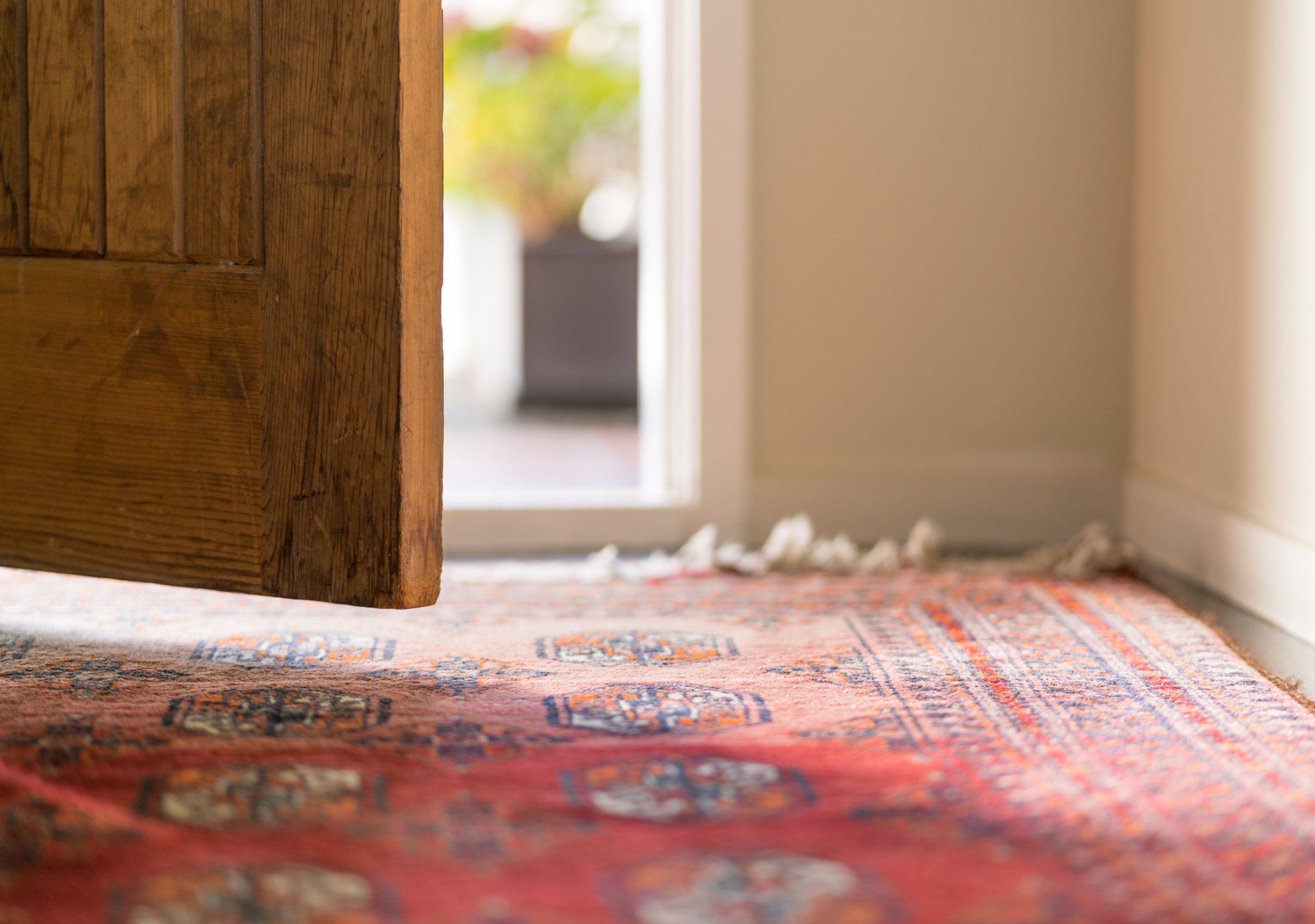
Caulking
Doors and windows are one of the most significant areas of loss. Running a bead of caulking around interior and exterior doors and windows will create a seal to minimizing air flow, keeping cool air in and hot air out.
Make sure to get high quality caulk, and it will be many years before you need to remove and replace it.
If you're planning an extensive remodel of your home that will include some construction, review some of the techniques used for air sealing in new home construction and consider a home energy assessment to identify all the opportunities to save energy and money in your home.

Weatherstripping
Weatherstripping is the process of sealing openings or gaps around doors and windows that require a tight seal.
Weatherstripping can also get rid of a draft or air flow from an inside space to an outside space. That's why weatherstripping is usually included on doors and window sashes for permitting better cooling or heating.
Using weatherstripping on your garage doors can keep this area much cooler during the summer months. Most people use their garages to store valuables and take on tasks at the outdoor workbench.
Instead of sweating out there when you’re working or heading to your vehicle, use weatherstripping to keep the cool air in during the warm times of the year.
Your attic hatch can also allow air to seep in and out of this area of the home, often reducing the efficiency of your cooling system.
Use weatherstripping around the hatch that leads from the interior of your house to the attic, keeping the hot attic air where it belongs and out of your bedrooms.
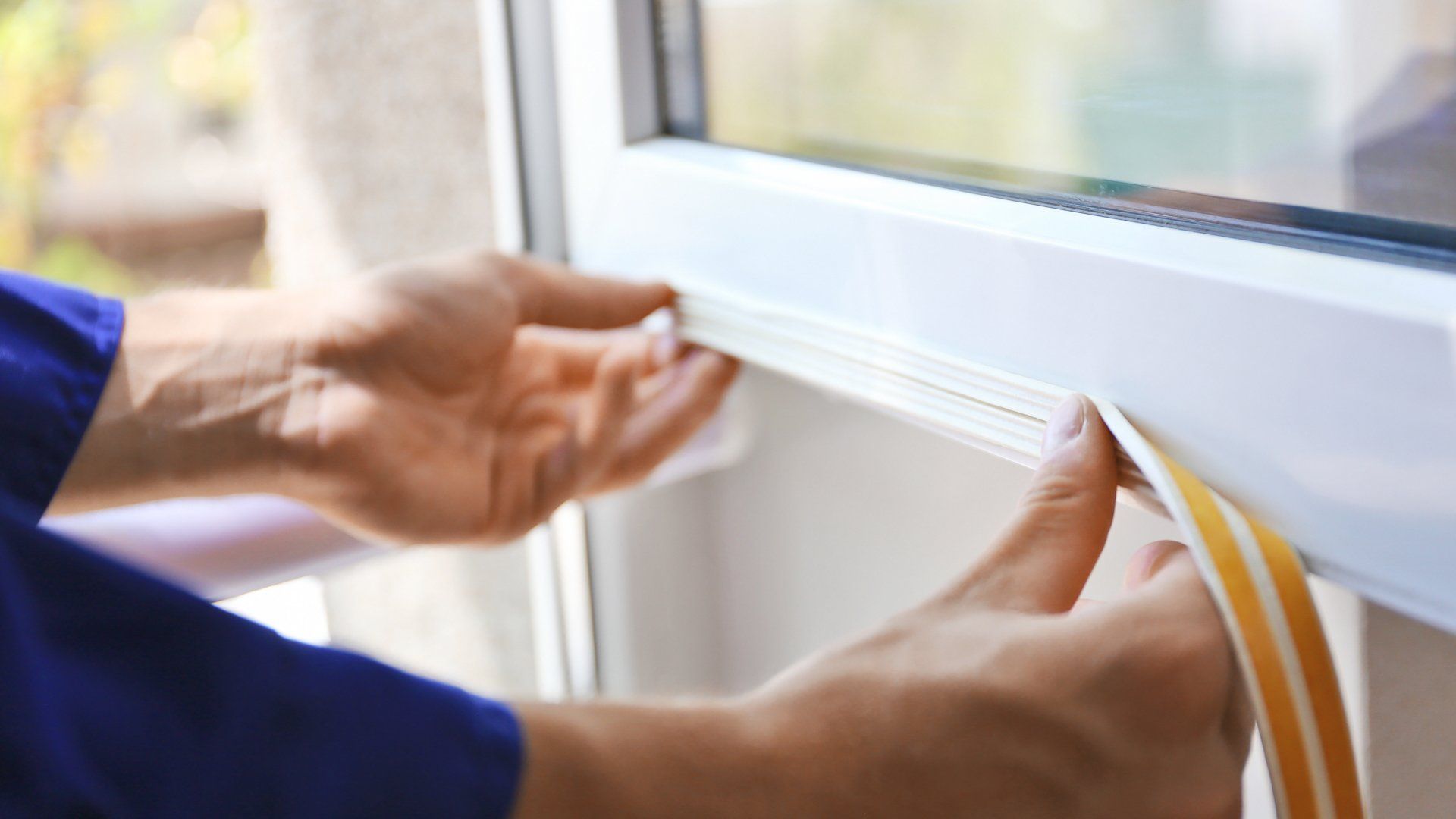
Moisture Problems
Summer can mean more than heat; it also means dry in many regions. The dry season means that you have time to determine why your basement or crawlspace has moisture build-up problems.
It's not something you can do in the heavy rainy months of fall or the icy months of winter. You'll especially want to check outside sources, such as drain pipes that force water directly into the ground next to the foundation, cracked foundation walls, and ground sloping towards the house.
If you live in a region that experiences sky-high humidity in the summer, try to tame any moisture issues in your home before the heat and humidity set in to limit any damage from another hot, sweaty summer.
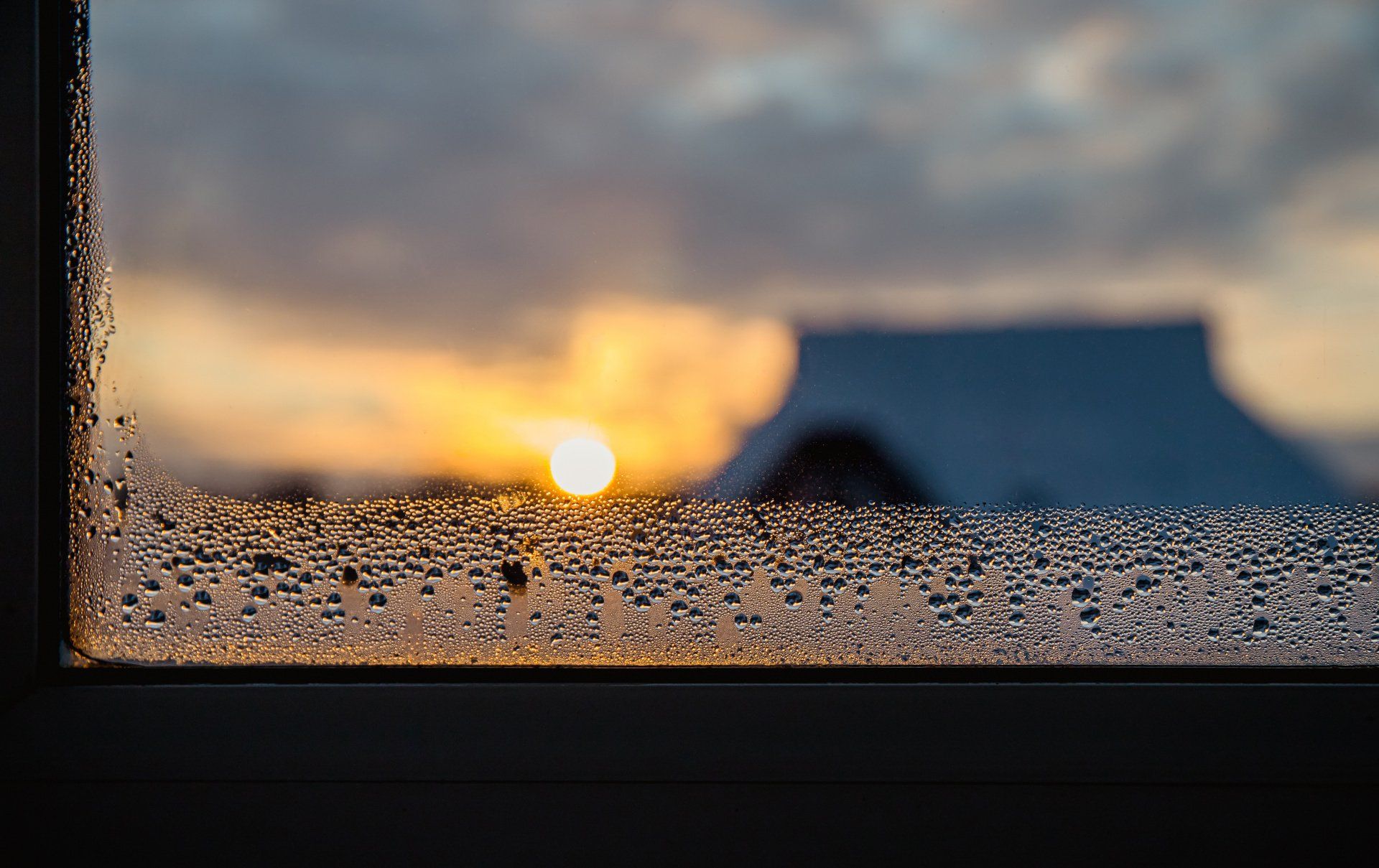
Let Us Help!
Do these summer home solutions sound enticing but you just don’t have the skills or the time? Let us do the handy work for you!
Need a Handyman in Alpharetta GA?
Give us a call!
We also provide handyman services for the
Lilburn,
Suwanne,
Buford,
Lawrenceville,
Duluth,
Norcross,
Stone Mountain,
Gwinnett County,
Cumming,
Roswell,
Johns Creek,
Dunwoody,
Sandy Springs,
Buckhead,
Midtown, and
Brookhaven.


